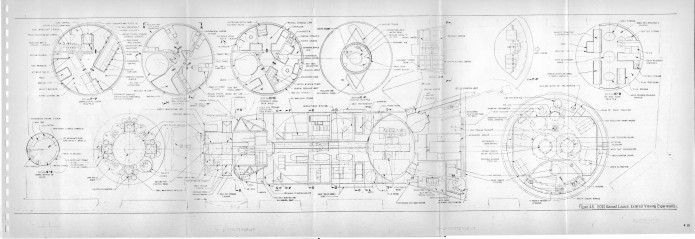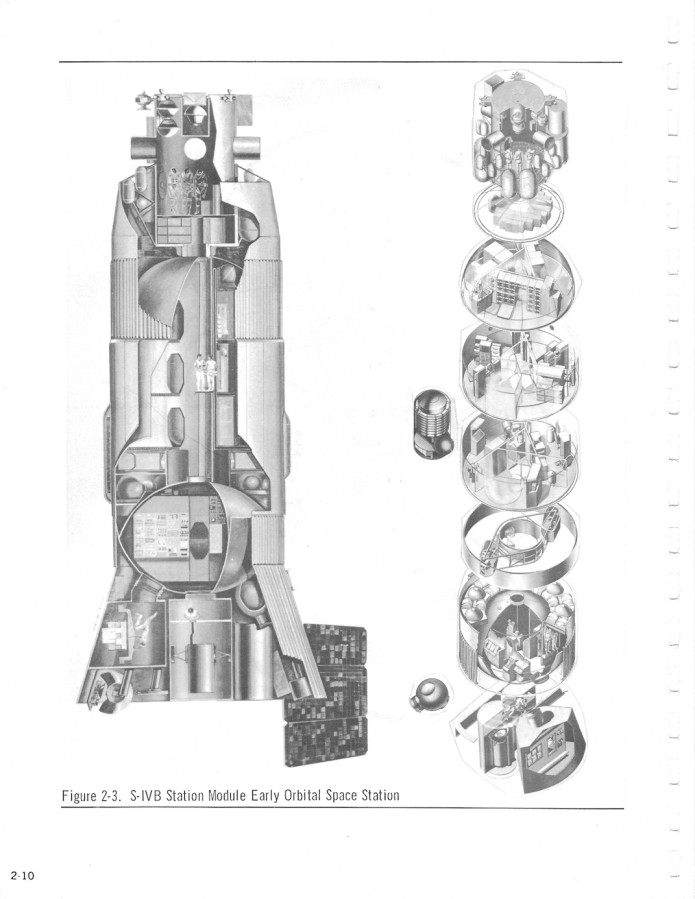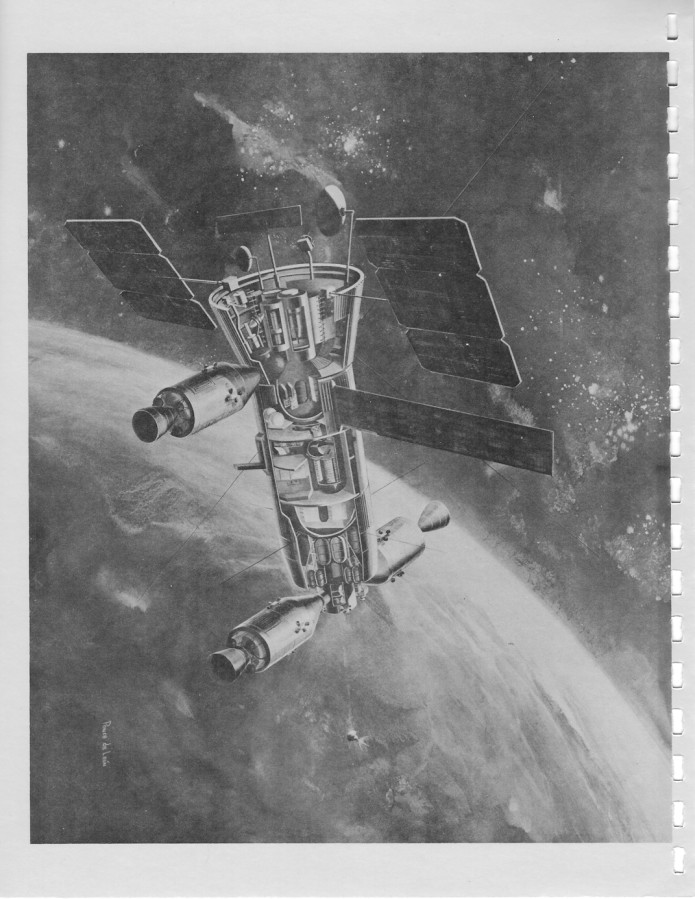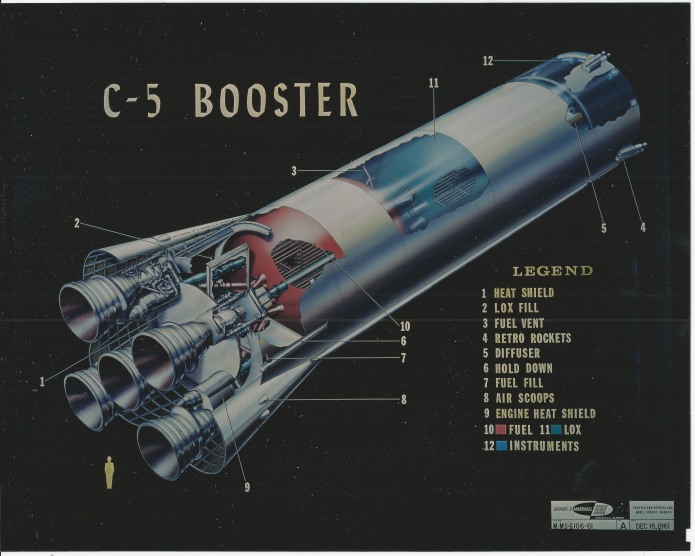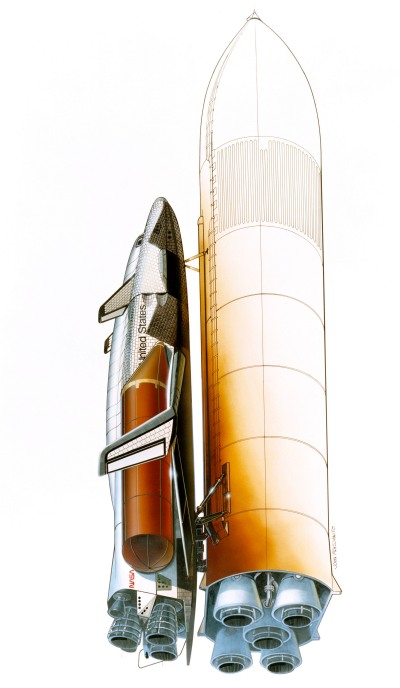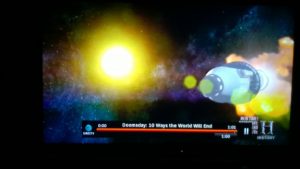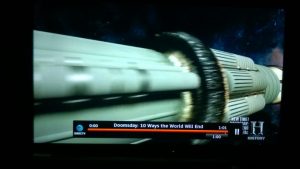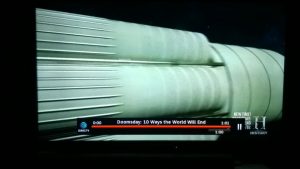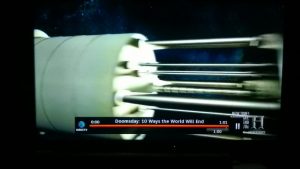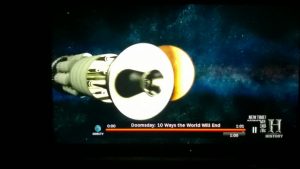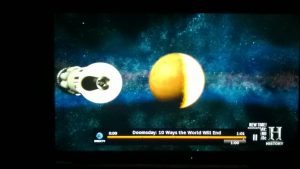In 1965, the US Army briefly examined a need they didn’t know they had: firearms for use in space and on the Moon. The US Army Weapons Command in Rock Island, Illinois, put out a brochure detailing some ideas for lunar weapons… “The Meanderings of a Weapon Oriented Mind When Applied in a Vacuum Such as on the Moon.” While not a detailed engineering study, it nevertheless provides and interesting look at the sort of weapons that might be developed for use in a low gravity space environment.
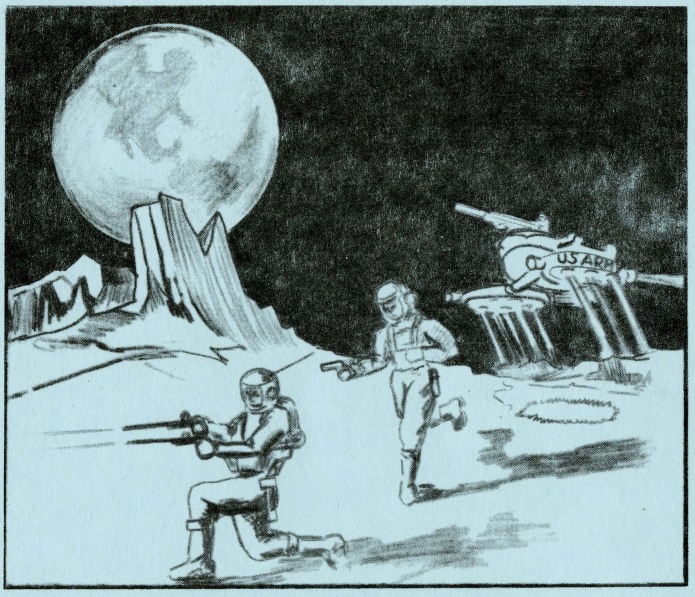
Conventional firearms would work just fine in space… at least for a while. A vacuum would cause most lubricants to outgas and turn to waxy solids or hard rubber-like crud. The extreme differences in temperatures between sunlit and shaded would cause many metals to warp and mechanisms to seize up. And there’s always the possibility of vacuum welding, where two similar metals will simply stick together, fusing into one. And recoil that gives a shooter a good kick on Earth might knock them over on the Moon, or send them tumbling in freefall. The authors described these problems and pointed out potential solutions. Additionally, they provided a number of notional concepts for hand-held weapons, ranging from modifications to the normal sort of firearm, to guns powered by springs (with, it must be said, rather optimistic muzzle velocities) to gas-guns and handheld mini-rocket launchers. It’s odd that the Gyrojet was not included. A laser weapon is said to probably be just the thing, but development of such a thing would take 20 years. A man-portable laser weapon capable of doing useful damage in a combat situation remains sadly unavailable.
Note that the weapons have quite unconventional ergonomics. Some don’t even have proper pistol grips; those that do have triggers roughly the full length of the grip. This is so that a space-suited hand can squeeze the trigger, something very difficult for a conventional single-finger trigger.
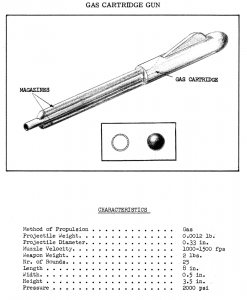
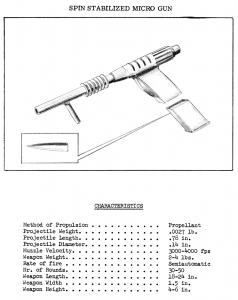
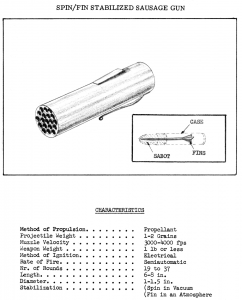
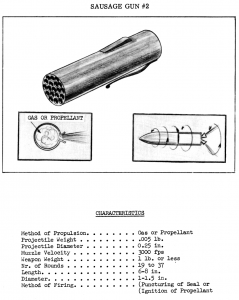
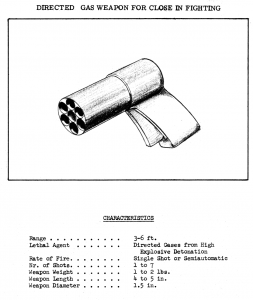
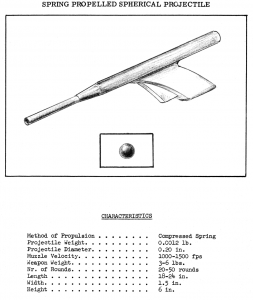
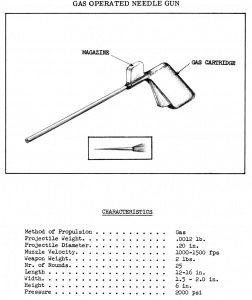
The brochure ends with several pages of useful math, providing calculations for ballistic range in other gravity fields, penetration capabilities and muzzle velocities and gas pressures.
The report can be found here:
https://assets.documentcloud.org/documents/3038458/The-Meanderings-of-a-Weapon-Oriented-Mind-When.pdf
Much more aerospace stuff is available via the APR Patreon. If this sort of thing interests you, please consider signing up… not only will you help fund the search for obscure aerospace history, you’ll gain access to a lot of interesting stuff, not available elsewhere.

